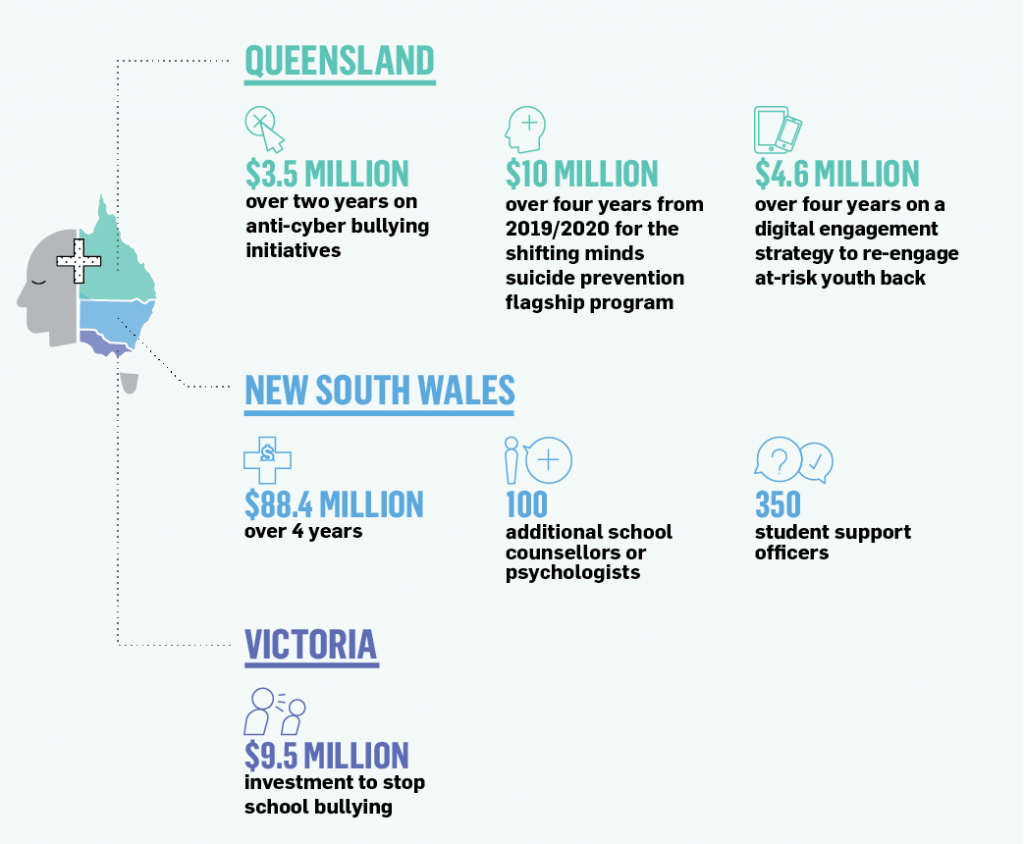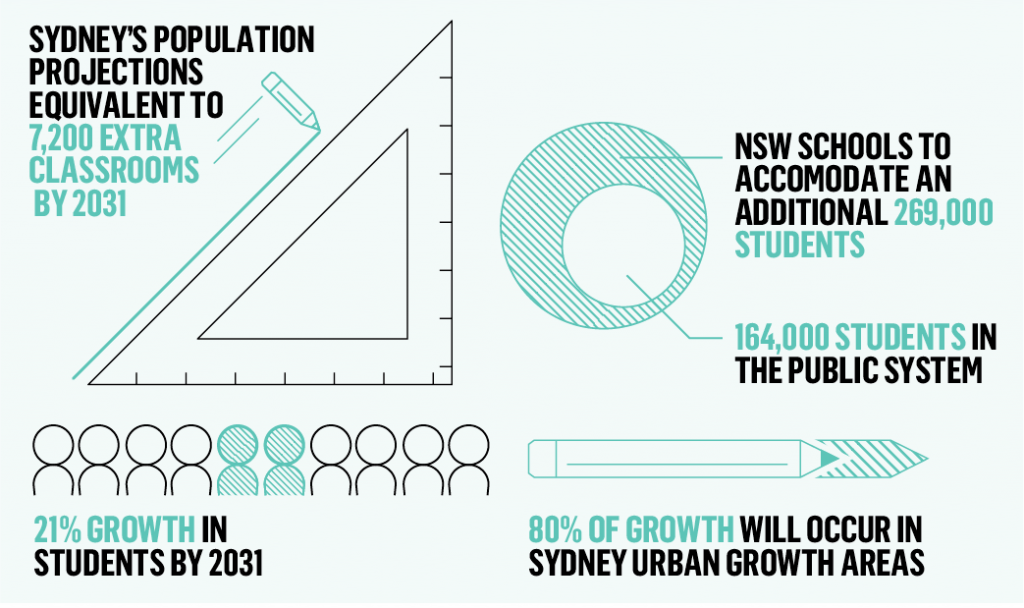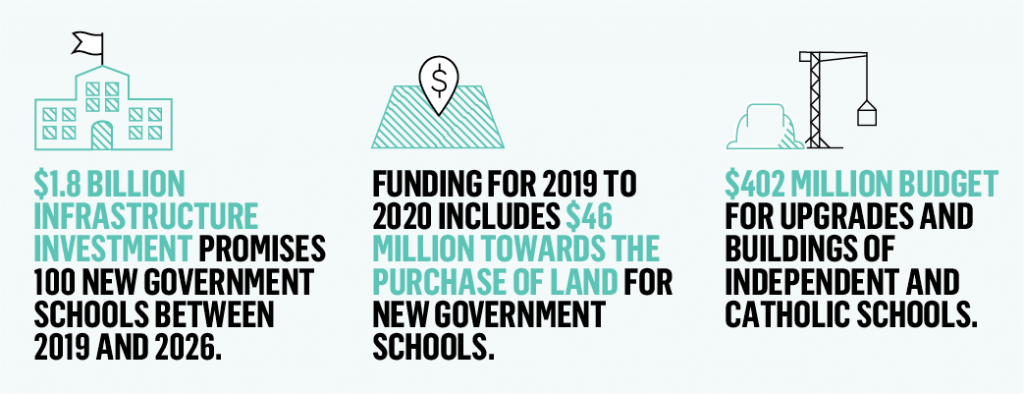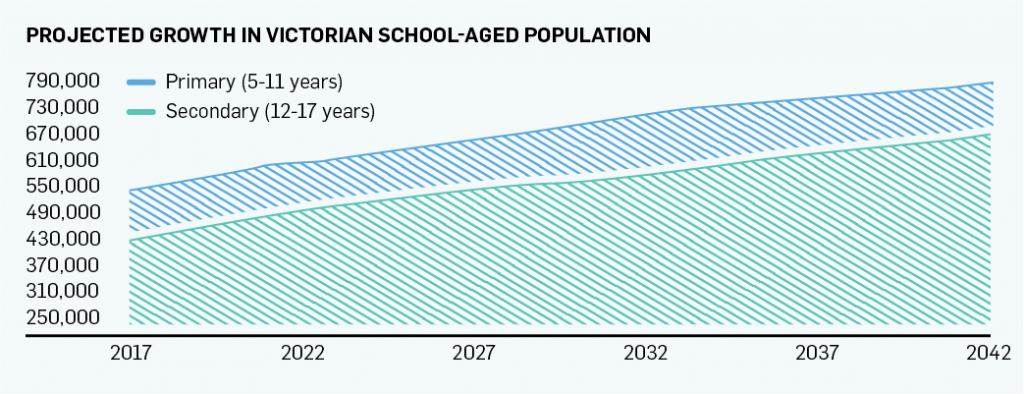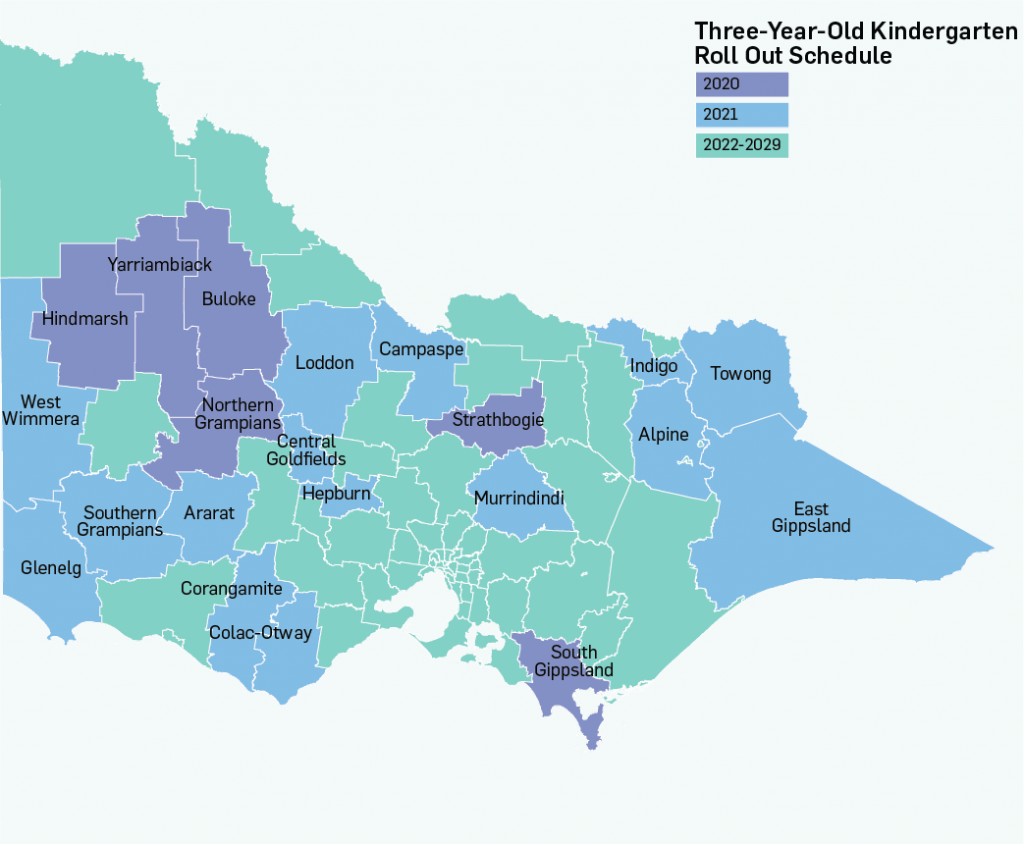How will growth and infrastructure projects be impacted by election promises on education in our eastern states?
With the recent Federal election, state elections in Victoria and New South Wales, and the election in Queensland next year, education has emerged a winner when it comes to funding commitments from Government. What are the key promises and how will they impact Australian students and schools?
The eastern states are focused on delivering education infrastructure and using this as a mechanism to create change in educational outcomes. This is bolstered by strong links in the evidence between education, social and economic outcomes.
How will these decisions meet the demands of future students? Have our governments prepared and paved the way for the kind of growth and infrastructure we need when it comes to delivering quality education across the country?
Drawing on our extensive experience in facilitating development across all areas of education – including planning, social policy, property economics and design – Urbis reviews the initiatives.

